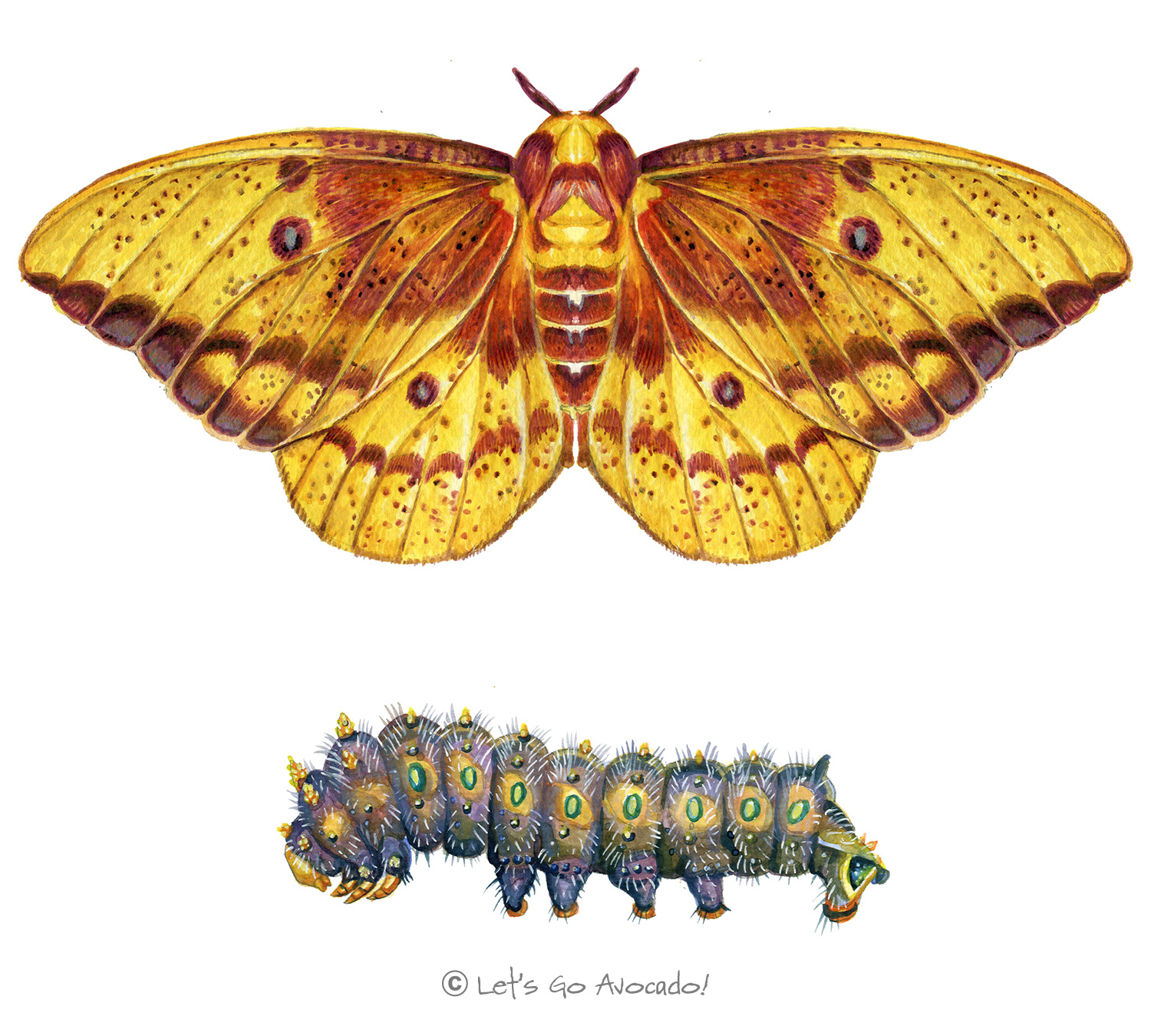

Imperial Moth
Eacles imperialis
This page may contain affiliate links.
Read our disclosure and privacy policy here.
The Imperial Moth is a strikingly large and colorful moth belonging to the Saturniidae family, known for its regal appearance and impressive size. Like other members of this family, its adult stage is short-lived and entirely devoted to reproduction.
Imperial Moth
Common Name
Latin Name
Distribution
Appearance
Size
Habitat
Diet
Lifecycle
Defense Mechanisms
Ecological Importance
ConservationThe act of protecting and preserving natural resources and the environment. Conservation efforts are important to protect beavers and their habitats. Learn More Status

There’s a lot to explore right where we are, in our own neighborhoods and backyards! Join us while we get off the couch and explore the everyday wonders of nature, science, space, engineering, art, and anything else we stumble upon during on our adventures.







